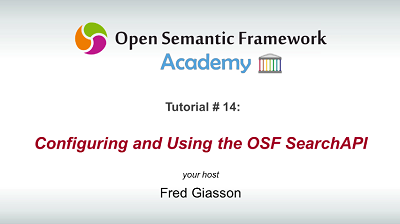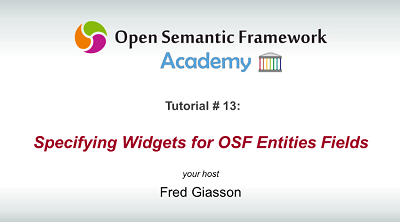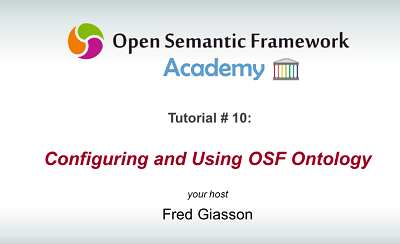In this screencast, I will show you how you can leverage the semantic power of the OSF Search endpoint into Drupal using OSF for Drupal. You will see how you can configure the OSF SearchAPI module, how you can turn any property into a filtering facet and how you can display the facets into blocks.
Then I will briefly show you how you can create new search results templates and how the template selection works using type inference.
Finally I will show you how you can enable and disable inference in the search feature, and how you can leverage the semantic structure of your data to change the relevancy of the search results returned. You have all the leisure to boost different characteristics of your data to return more relevant results to your users.




